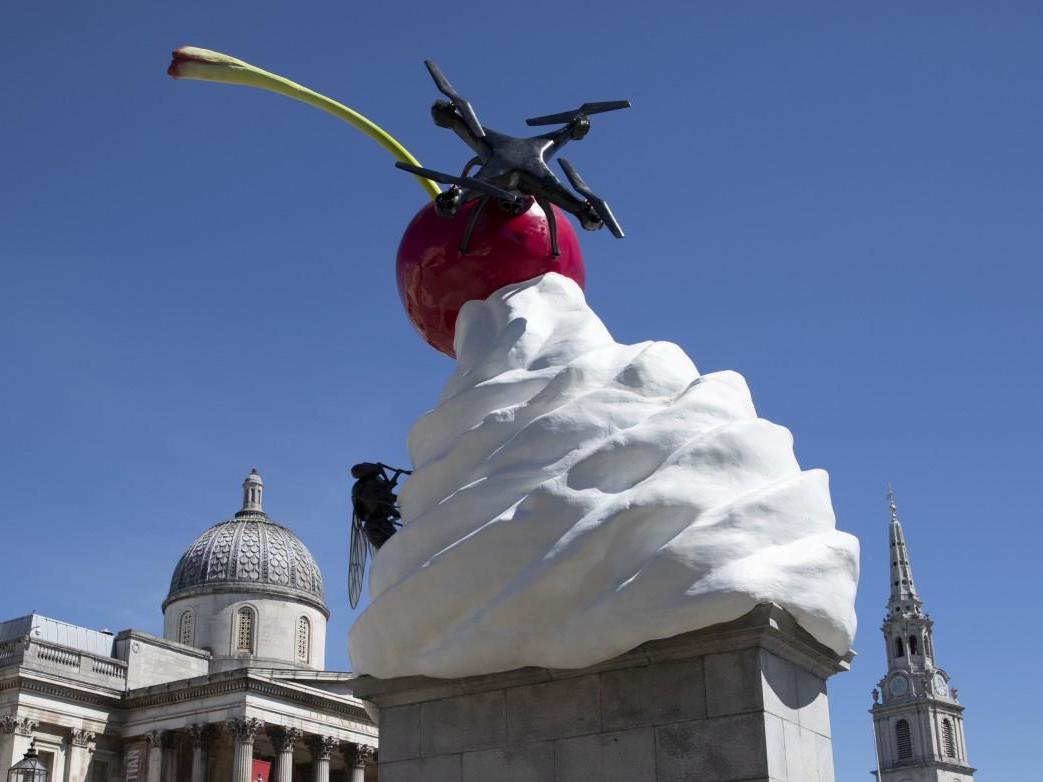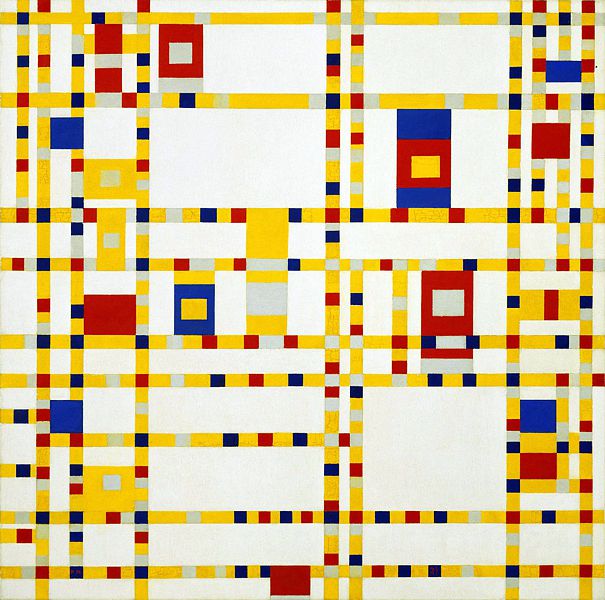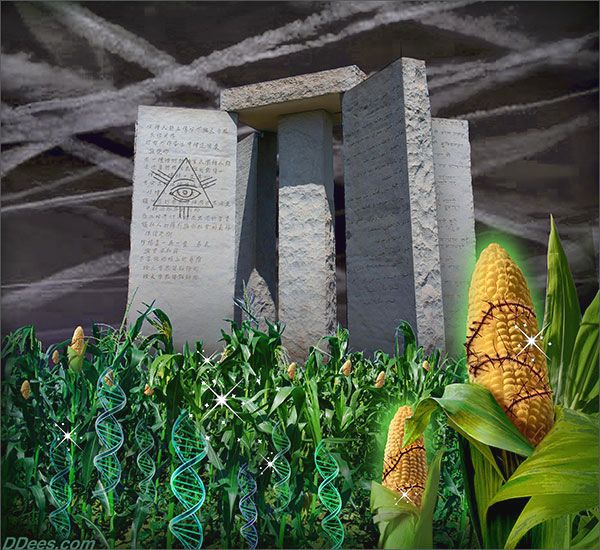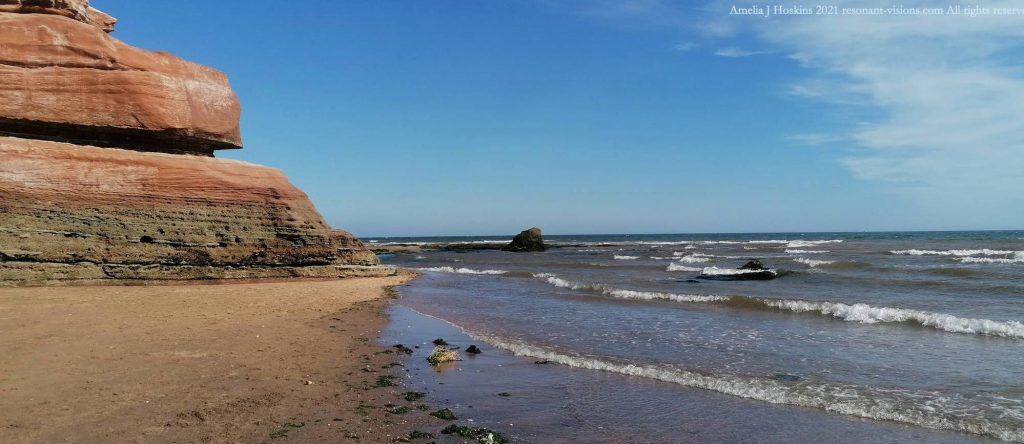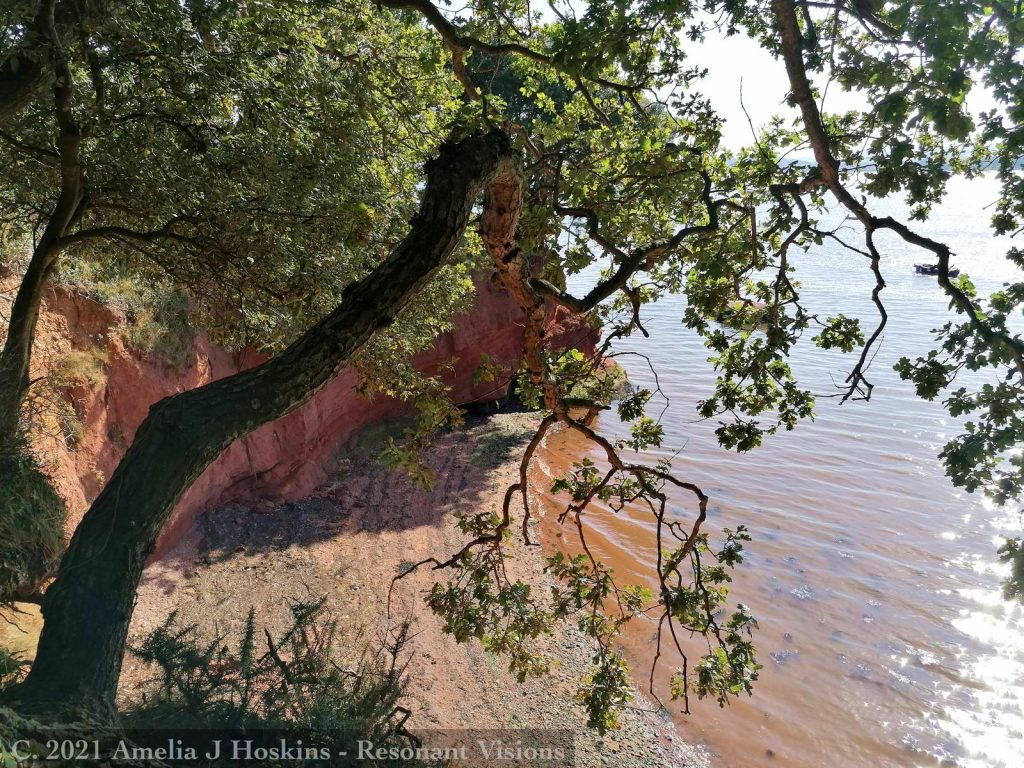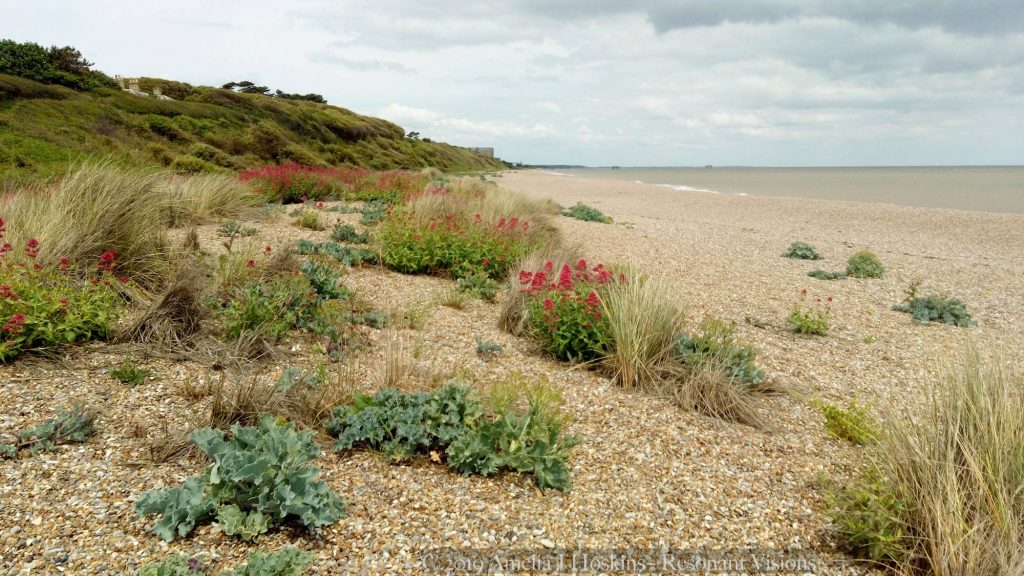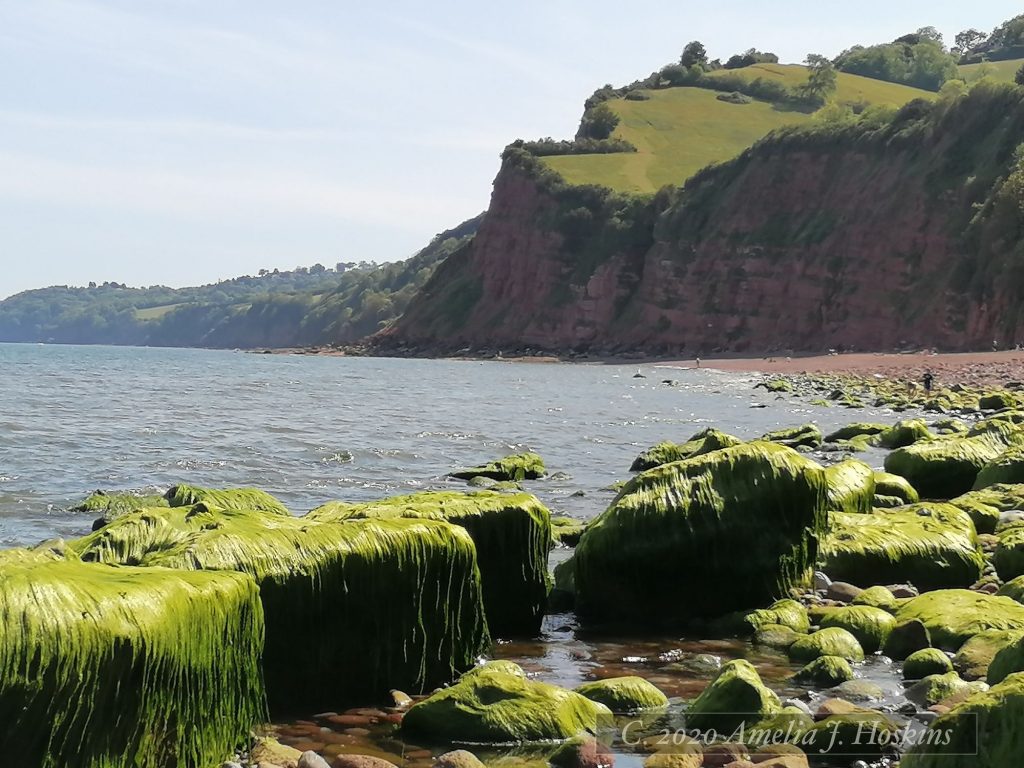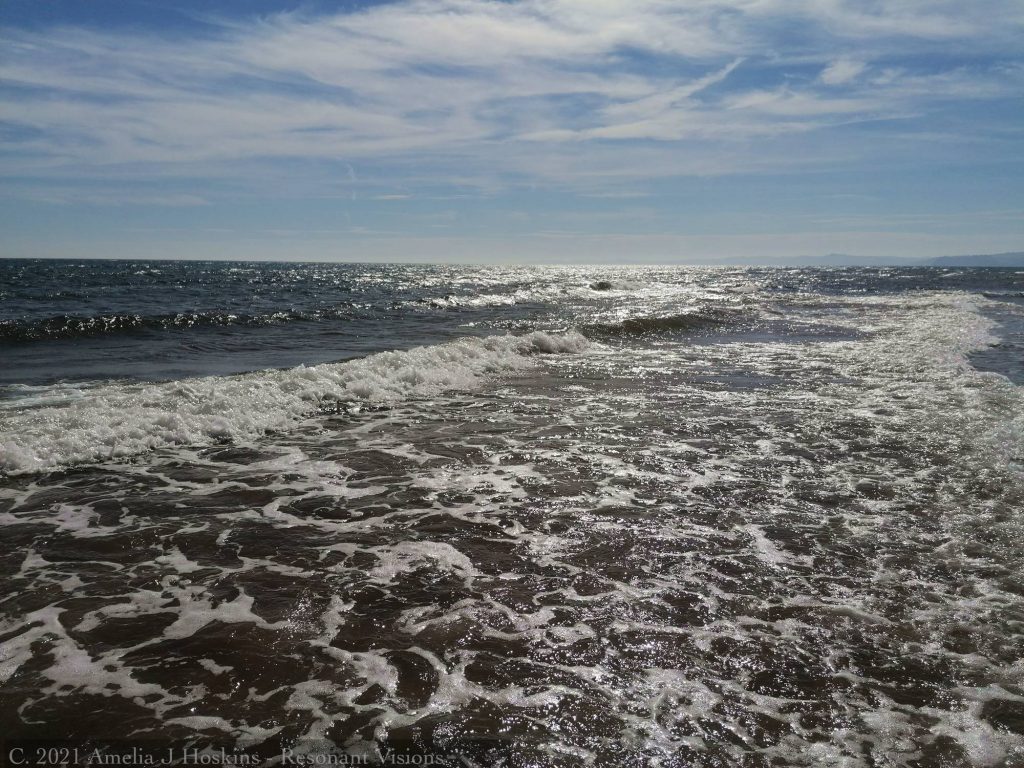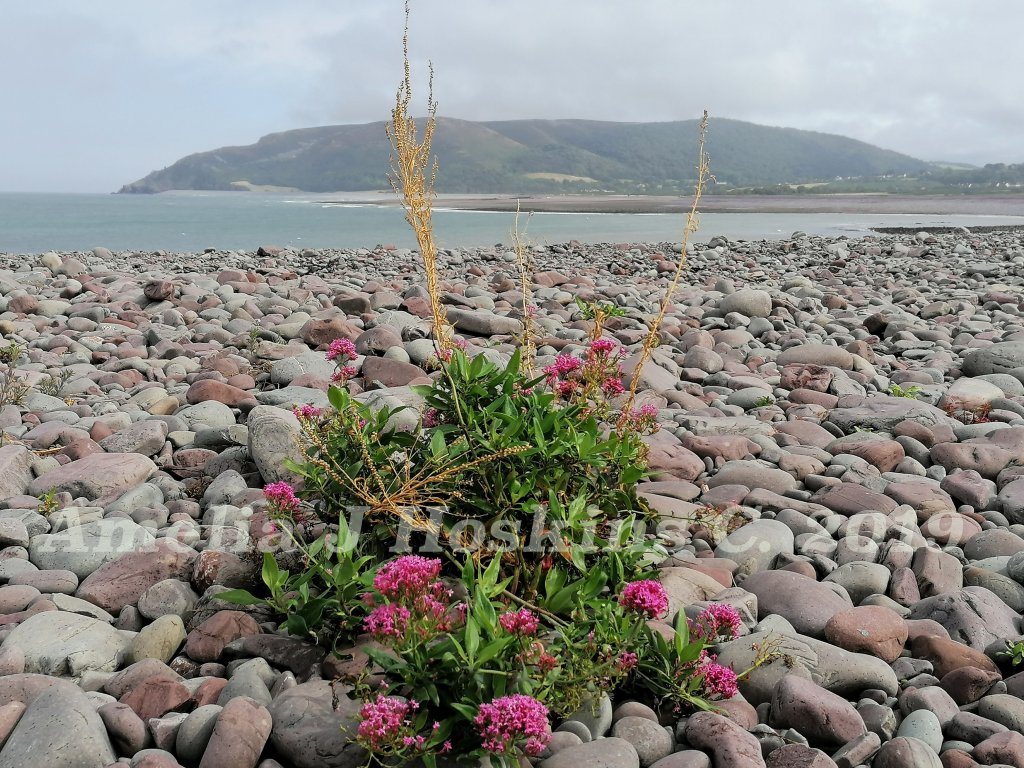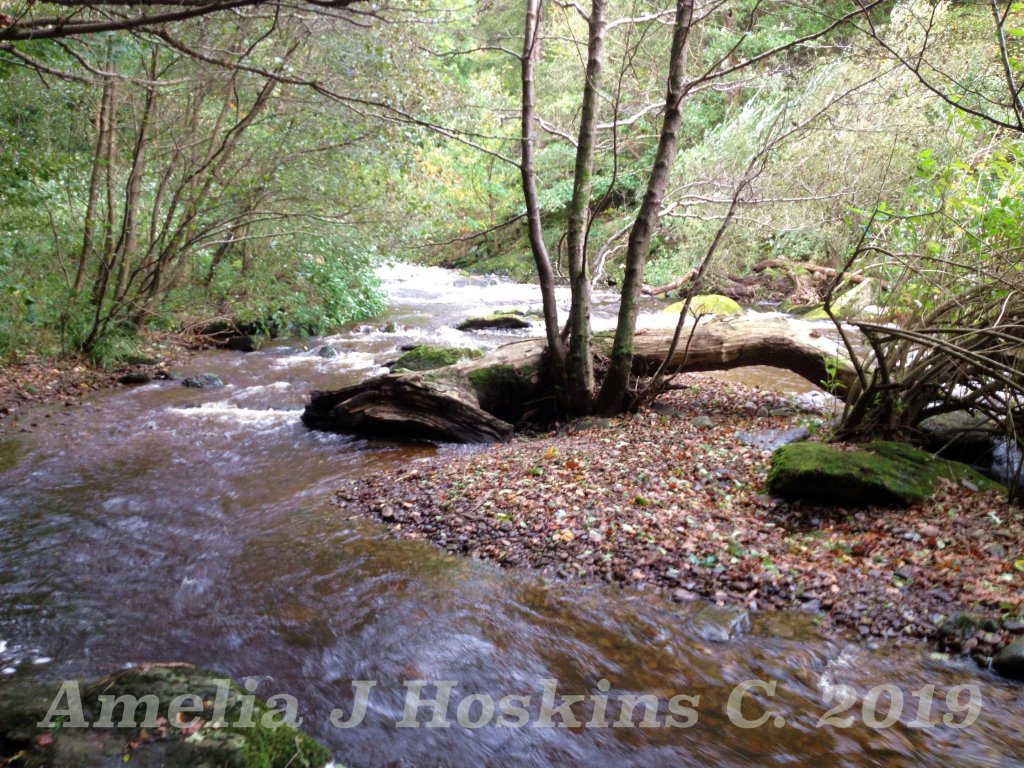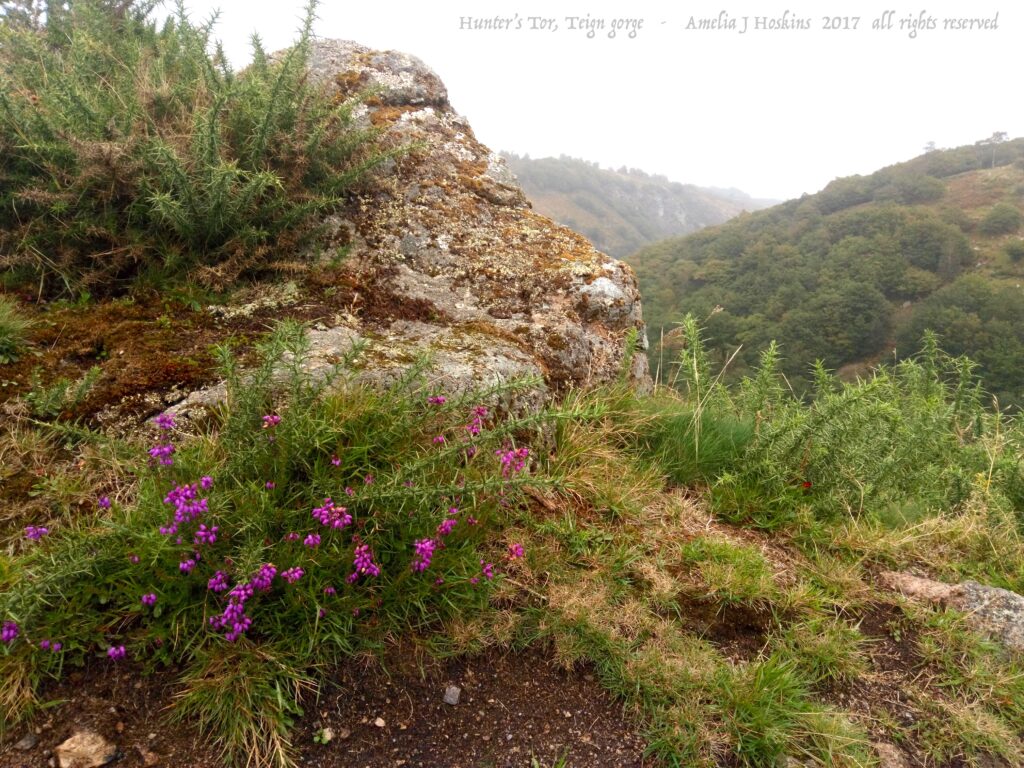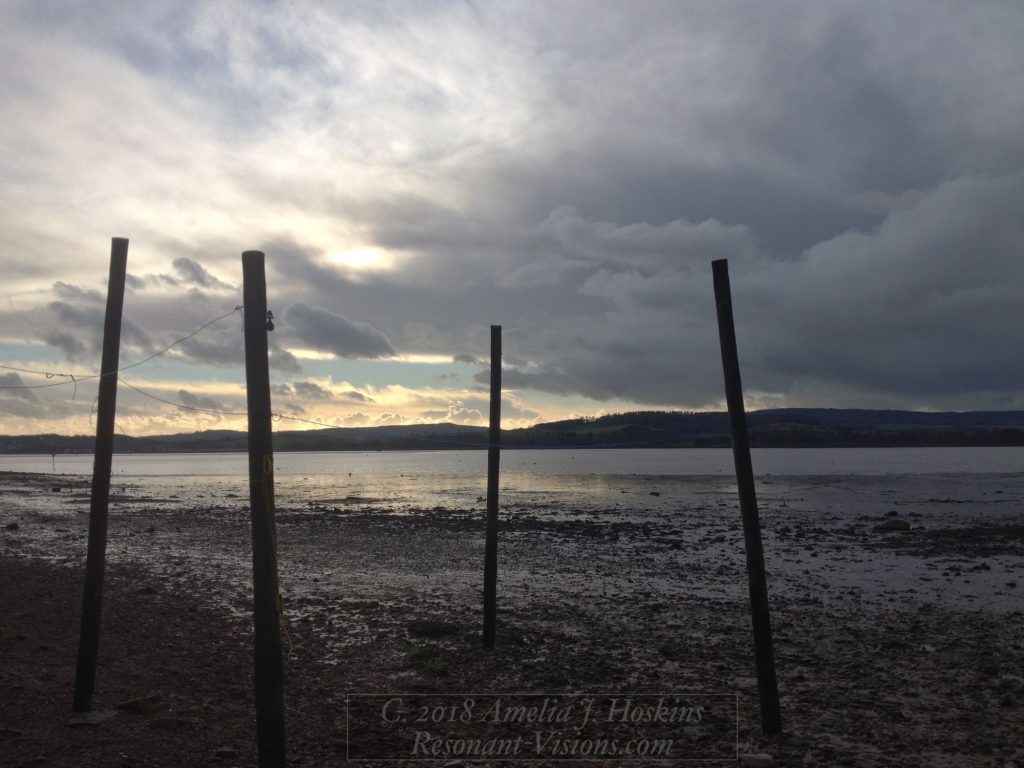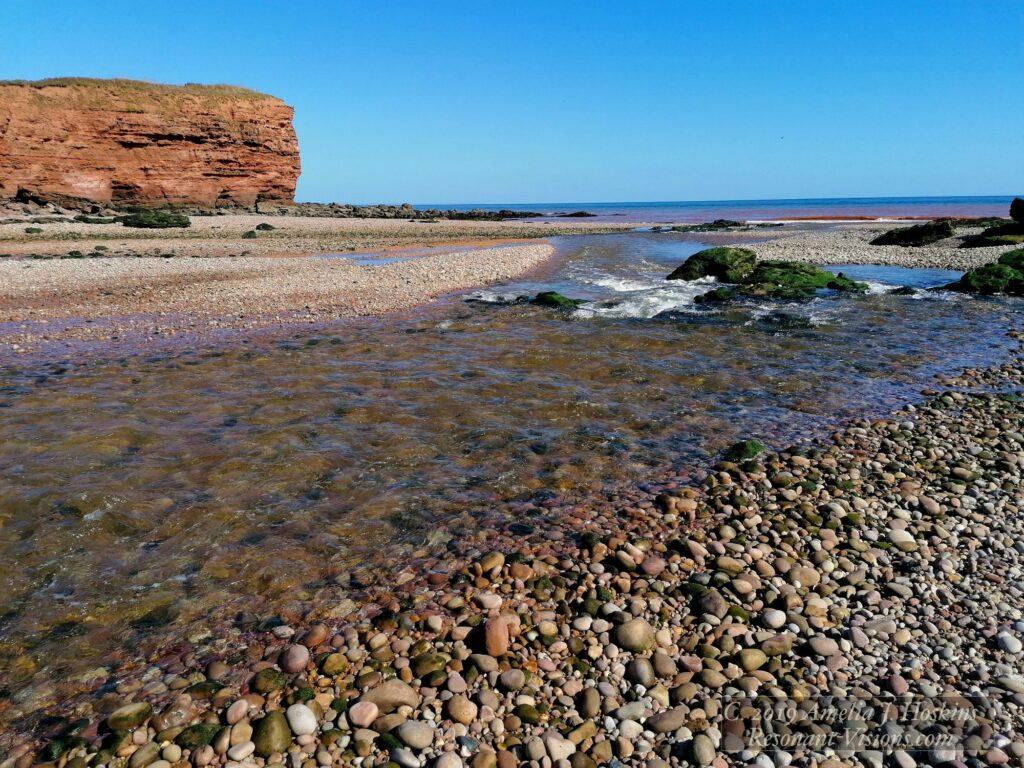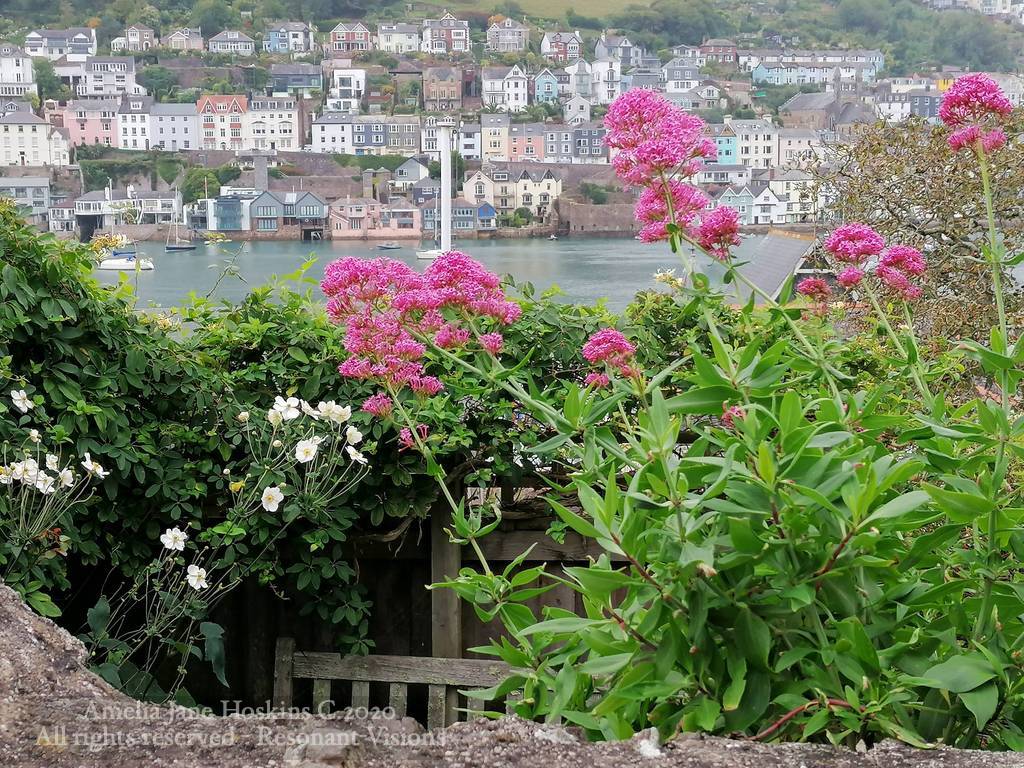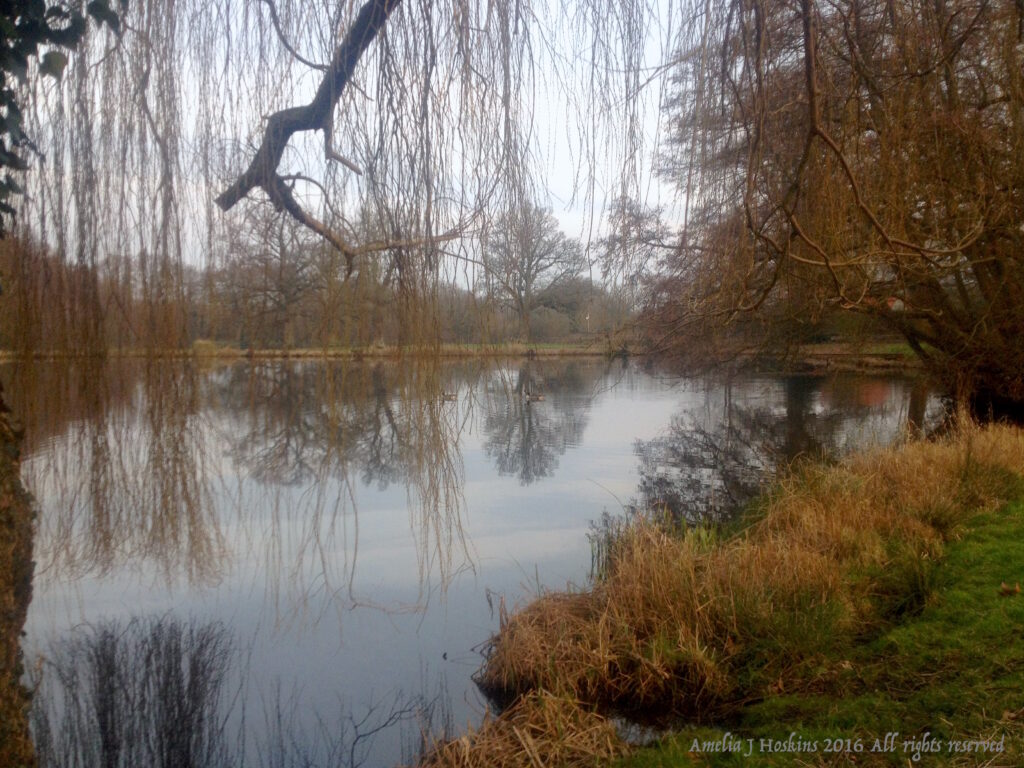The Modern City! Precise, rectangular, squared, whether seen from above, below, or on the side; bright lights and sterilised life.
~ Robert Motherwell 1939
Abstract Art - 'Resonance' of Postmodernism
Introductory Reasoning
All art is a synthetic representation of the real world, as seen or felt by the artist. However, if we hold that art with a powerful resonance to move people is beneficial to society, then we might suggest that 'Synthetic' art may be one which has been made with no real 'vision' to resonate with others. Materials and techniques may be 'synthetic' i.e. not traditional 'painting' but the art can still have a resonant vision. [add link recycled sculptures]
Starting from the idea that art is made when the artist resonates with a perception and wishes to express it - we can ask if there can be a point at which such expression has little or no quality to resonate with viewers as a 'good' or 'uplifting' visual experience. Some would say art is more about ideas and does not need to be uplifting. This is an argument to be had for evermore. Ideas can have been infiltrated by social engineering, and turns the artist into a propagandist, even unknowingly. [add link Quinn couple]
We can consider what is good resonance for public consumption; be it something natural which pleases us by its reminder of the natural world or of abstract ideas which portray a vision: then we might say by comparison that art which does not have an inspiration from 'beautiful vision' lacks a philosophy which might be important to communicate - and ultimately to enhance society in any era.
Artists find ways to express how they feel about their era, which in turn may become a 'movement' through their combined forces and inspiration. Artists may decide to reflect their environment, simply as observed, or with symbolism denoting to express the disjunct felt between humans and life on Earth, which in the early 20th century was concerned with increasing alienation with the industrial age through 'Romanticism'. Art movements can parallel literature.
Is art for the people or as self indulgence for the artist? Any commercially viable art has to relate to the majority of people. They have to be able to form some reference points to resonate with.
From centuries of tradition - to the industrial era and how artists reacted
In addressing what may be 'synthetic' in art, we need to consider how Art reacted variously to past and current societal changes. Some who felt the need to react to the coming mechanisation of life, found purpose in reflecting a traditional concept of 'the sublime', to show the naturalness of the world. Pr-Raphaelites focused on perfect detailed images combined with nostalgic medieval romanticism. This genre was picked up by the hippy movement (in UK).
The French Symbolists focused on transcendence over the melancholy using angels and supernatural imagery.
Imagery that people feel good about is often very naturalistic, or if a design, at least of proportions and harmony which please the eye through mathematical resonance. [textiles] A well known designer is William Morris of the Arts & Crafts Movement, who hand printed his wallpaper designs, all based on plants and birds.
Art which does not resonate with others to enhance their lives, could be termed as 'synthetic', if we determine that 'good' art adds to the quality of life. Some say there is no such thing as 'good' or 'bad' art; its all in the eye of the beholder. [Add his quote: "have nothing...]
When artists take on world troubles, it can amplify distress and angst in society, to express the discontent felt, the inner struggle; which can do a job to communicate to the people whats going on. [Quote McKenna "if the artist cannot find the way..]Some movements were in line with the influencial studies in psychology and philosophy; Freud, Jung, Neitzsche.
Both war and movements in psychology can be seen in works of Max Ernst who studied psychology and philosophy at university. Angst can be depicted in an ugly or fantastical manner like Europe After the Rain . Both examples by Max Ernst, whose work always retains a good standard in painting and print making. Over and above the subject matter, he often managed to insert a resonant eternity into some of his paintings and frottage works, many taking on an appearance of 'strange landscape' which impressed me as a young art student. His turning of perception into a 'landscape' required vision. His techniques compiled fantasy landscapes, but are still based on traditional 'landscape' frames of reference. also his later abstract works lead straight into present day of 'global communications' [later print works with orbs in landscapes]. His subject is serious, but the treatment visually pleasant, as a serious colourist, which may help his ideas to last over time.
Historical Perspectives
Art reflects the philosophy and society of its time: the extravagant beauty of European Art Nouveau 1870-1900 (fashion, interiors and architecture as part of the arts and crafts movement) and the emotionality and transcendence of the French Symbolist movement 1860-80s, which comprised many well known artists. All this before painting launched itself deconstructively into the 'modern' age. Cubism took off in 1910, a sombre abstraction of images by breaking up the real sense of their positions: also many like Fernand Leger are clearly influenced by the machine age. Its almost as if they pre-visioned how the world would being attacked and fragmented. In that era, a vision of beauty was not paramount; only artists' urge to express the feelings of the time. Nihilist philosophers of the day may well have influenced painters. [Nietzsche and predecessors].
Before WW1 the German Expressionism movement also launched into abstraction with Die Brucke founded by Kirchner, a renowned printmaker. They felt their work.. "had spiritual values that could counteract the corruption and materialism of their age" yet their prints are very roughly hewn, of little beauty; due to having rejected the standards of classical painting. Kirchner, living in difficult times, shot himself some time after the Nazis removed over 600 paintings from public view. I include cynical art in 'Synthetic Art'. His 'Street, Berlin' painting is described as 'the modern city, where glamour and danger, and intimacy and alienation necessarily coexisted, and everything was for sale.' ~ German Expressionism: The Graphic Impulse.
Der Blaue Reiter (The Blue Rider) developed a fragmented painting style of abstracted forms and colours, rougher looking than impressionism, a forerunner of Abstract Expressionism. Wassily Kandinsky's 'Blue Rider' started figuratively but he was to go on to total abstraction of some balanced perfection. Like Klee, he was interested in music having influence in his art. [Note: Link to section art influenced by music]
In Germany the Bauhaus design school was determining its own philosophy of style, following industrialisation and the machine age. Minimalist, 'form follows function' led into modern architecture, from the Dutch De Stijl, Neoplasticism an early minimalist movement; starting at the end of WW2, now everywhere in modern cities. Paul Klee, painter, was head of the school from 1920-1931 and although he developed abstractly, from a Cubist styled beginning, he applied musical and poetic philosophy on colour which he wrote a book about. It is interesting to note that some of his works have an eternal appeal as their sensitivity to life form symbols can be discerned even in the abstract. Ad Parnasum has an eternal quality. [ link to a gallery page]
Before the wars art was taking in new styles or movements. Impressionism studied light and colour and almost all these paintings are nowadays considered beautiful, or at least highly acceptable. The technique had high ideals. Also the Pre-Raphaelites (a new take on the french Symbolists) with their focus on angelic women figures and natural environments, together with attention to exquisite detail, left this movement also with great appeal to most, and whose paintings continue to sell as popular prints. They did have some poetic angst focused on the founding members and romantic attachments and these expressionistic paintings were carried out in fine manner and sit comfortably with the Romantic movement which had shown nature as a sublime experience of its own count, without resorting to painting figures of political expression. Romanticism was the start of environmentalism, while it is interesting to note that William Blake thought it ungodly to worship nature. [add J B Peterson quote]
Working away from trends, Paul Gaugin developed an expressionistic use colour further, inspired by the South Seas; where he stayed, sending his paintings back to sell. He was influenced by the simplicity of Japanese print design, using large blocks of colour, without much fussy realistic detail. Focusing on female figures, his work really sits comfortably within the classical tradition.
Edvard Munch also explored expressionism. Although his painting The Scream is very well known, most of his works were about relationships of people; with focus on the stages of woman and the Dance of Life, most of which show the development of a more loose expressionistic paint style.
These thoughts are author's own from art history studies while an Art Degree student 1967-74
Europe to America
The Abstract Expressionists were migrants to America after WW2; in a new world, ready to developed further De Brucke movement, using stylised techniques with paint. However, its very debatable if their work enhanced culture, and there may be evidence that society declined since this art movement.
[Note: Can art cause or augment society demise. Is this structured engineering?]
Looking at Willem De Kooning who is considered a leader of the movement, we see a totally contorted arrangement of paint in bright colours with no recognisable shape and no obvious meaning. His perverted style was used to portray unelegant figures which are probably influenced by Matisse whom he was friends with. The disruption and disjointedness of historical deconstructivist Cubism is still there, married with the sloshing of paint daubs.
No doubt it seemed exciting in the time of jazz, but I think he is farcical, and doubt his 'work' will survive as a thing of beauty, despite being venerated in his own time; only as a 'perceived advancement' by art critics, who will liken it to an important expression of society at that time. [find art critic essays] Non-artists will admire works they have been told are of merit.
To be considered also is the influence of The Frankfurt School of philosophy which also migrated to America, included social engineering; leading to the LGBT movement being funded in America, and becoming more than it naturally may have done. Some of these artists were probably painting their own psyches rather than appealing to the universe for inspiration.
Mark Rothko created a new style with his use of large coloured blocks and borders nestled within each other. The resonance was created where colours feintly merged as nestled, and start to appear like mood, or space. The early ones in bright colours are at least decorative and his retrospective at the Hayward Gallery showed them off well, the His huge tryptich in deep maroon (Tate Gallery) was painted before his suicide, so we cannot say his art made him happy. It was in fact nihilistic and such a feeling does emanate when visiting the huge and dark painting.
Piet Mondrian created simple geometric arrangements reminiscent of street patterns of the modern grid-built city, but which he says himself is "sterilised life". It still does not represent anything sublime which humans can recognise in any era. Artists must always pursue ideas though.
Art of the Self
This introspection continued in the 2000s with feminist art, where it is taken to the extreme, using symbols of oppression, a trend I noticed in the late 90s while my daughter was doing an Art degree. An entry for the Tate Turner Prize was a wall of pink writing of the artist's personal emotional feelings; (as if from a personal note book]. Is it art or her poetry, or simply her diary she is making public?
Likewise Tracey Emin's shambolic unmade bed installation complete with contraception and nickers. Why is this art, when it is just a reflection on her own environment? Can it be saying 'this is real life we all live'? So what. No one can feel uplifted into a sublime condition by this 'art', yet they are supposed to appreciate it 'intellectually'. Art as 'concept' is fine, if it leads to more thought, but the artists who are only making records of themselves are not contributing to a finer existence: in fact it may have contributed to the fashionable feminist 'victim culture', now in the 2020s very prominent.
Damien Hurst's cow in formaldehyde: what is it representing or is it just saying, look, I can set half a cow in formaldehyde resin. Cows look better in fields. This is the distortion by artists simply being precocious.
The peak of synthetic art culture can be seen where US forces taught Afghans the 'art' of Marcel Duchamp's 'urinal'; (Hicks video) which will certainly not have gotten any understanding of the vast array of western art, certainly no respect for it. One can only wonder at the social engineering intended, (other than the dull stupidity of what academics regard as westernising 'cultural' education), to such a place as Afghanistan, under Warlords and Taliban control. Nobody wins in Afghanistan.
(Post script 2021: This latter sentence proven correct after the shambolic disengagement from Afghanistan by American troops. People wondered why the trained Afghan troops didn't want to fight. They were not shown a better culture.)

